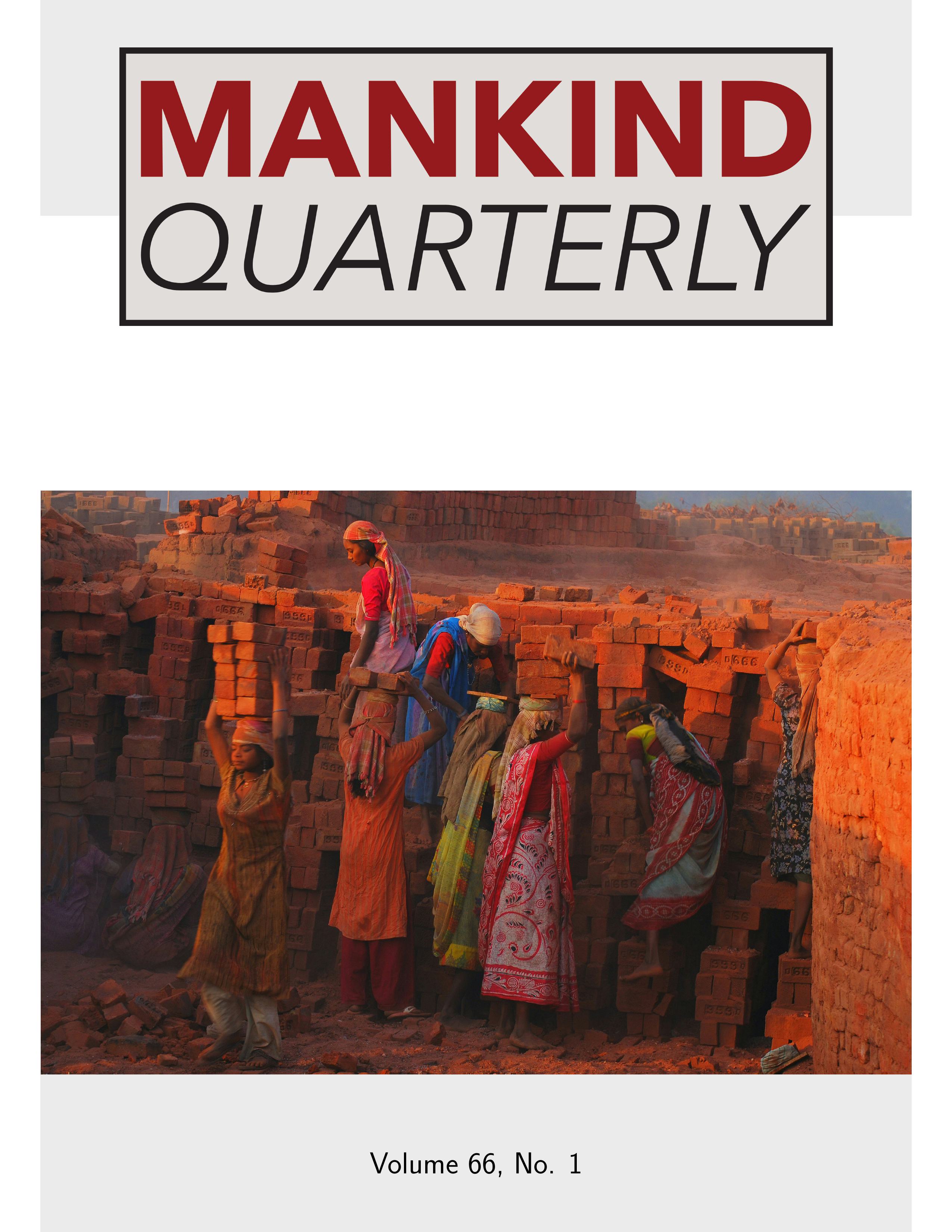Home > Archive > Volume 43, No. 3 > This paper
An Archeologist Speculates on the Origin of the Finno-Ugrians
János Makkay and James Jamieson
Published: 2003/03/01
Abstract
Using a method which he describes as the diachronic geography of major archeological entities, the author examines the distribution and chronological development of Mesolithic and Early Neolithic European archeological complexes that extended over large territories and great time depth. He concludes that the evidence in many areas indicates remarkably long-term separations between cultures made possible by the low density of population. Even though their geographical boundaries often changed through time, these divisions would have facilitated the formation of distinctive proto-Indo-European and proto-Uralic ethnolinguistic groups. He sees one such division in the Dnieper basin, and further suggests that the present-day border between the Latvian and Estonian languages corresponds to the boundary which separated the TRB and derivative Battle Axe/Corded Ware cultures from the Comb Ware culture, and most likely separated the evolving proto-Baltic languages from proto-Finno-Ugric.

